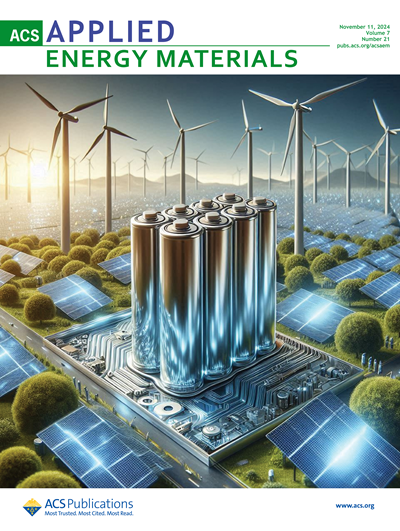超临界二氧化碳萃取桃金娘(Myrtus communis L.)果实中的脂肪酸、植物甾醇和挥发性物质
IF 5.4
3区 材料科学
Q2 CHEMISTRY, PHYSICAL
引用次数: 0
摘要
背景:桃金娘(Myrtus communis L.)是地中海沿岸的一种芳香药用植物,富含精油成分、类黄酮和酚酸。研究表明,桃金娘的生物活性化合物具有抗氧化和抗增生的特性,对健康有潜在的益处。由于对桃金娘果实脂质部分的研究有限,本研究旨在应用超临界二氧化碳萃取技术从桃金娘浆果中获取生物活性化合物,重点是脂肪酸、甾醇和精油。研究方法以 CO2 为溶剂对桃金娘果实的超临界 CO2 萃取进行了优化,采用了箱-贝肯实验设计的响应面方法。测试了以下条件:温度(40、50 和 60 °C)、压力(200、300 和 400 巴)和流速(20、30 和 40 克/分钟-1)对脂质萃取物产量的影响,以及对萃取物中脂肪酸、植物甾醇和挥发性物质产量的影响,这些物质构成了萃取物的生物活性潜力。研究结果在检测的提取物中,共鉴定出 36 种脂肪酸、7 种植物甾醇和 13 种挥发性物质。萃取物的平均产量为 5.20%,鉴定出的最丰富的脂肪酸是必需的顺式亚麻酸(76.83%),植物甾醇总量的近 90% 是 β-谷甾醇(12465 毫克/千克-1),而醋酸桃烯酯(4297 毫克/千克-1)是最具代表性的挥发性化合物。所获得的最佳工艺条件可以配制出具有特定成分的提取物。本文章由计算机程序翻译,如有差异,请以英文原文为准。
Supercritical CO2 Extraction of Fatty Acids, Phytosterols, and Volatiles from Myrtle (Myrtus communis L.) Fruit
Background: Myrtle (Myrtus communis L.) is a coastal Mediterranean aromatic medicinal plant rich in essential oil components, flavonoids, and phenolic acids. Studies highlight the potential health benefits of myrtle bioactive compounds with antioxidant and antiproliferative properties. Since limited research exists on myrtle fruit’s lipid fraction, the aim of this study was to apply supercritical CO2 extraction to obtain bioactive compounds from myrtle berries focusing on the fatty acids, sterols, and essential oils. Methods: The optimization of the supercritical CO2 extraction of myrtle fruit using CO2 as solvent was carried out using the response surface methodology with Box–Behnken experimental design. The following conditions were tested: temperature (40, 50, and 60 °C), pressure (200, 300, and 400 bar), and flow rate (20, 30, and 40 g min−1) on the yield of lipid extract as well as on the yield of fatty acids, phytosterols, and volatiles present in the extract and constituting its bioactive potential. Results: In the extracts examined, 36 fatty acids, 7 phytosterols, and 13 volatiles were identified. The average yield of the extract was 5.20%, the most abundant identified fatty acid was essential cis-linolenic acid (76.83%), almost 90% of the total phytosterols were β-sitosterol (12,465 mg kg−1), while myrtenyl acetate (4297 mg kg−1) was the most represented volatile compound. The optimal process conditions obtained allow the formulation of extracts with specific compositions.
求助全文
通过发布文献求助,成功后即可免费获取论文全文。
去求助
来源期刊

ACS Applied Energy Materials
Materials Science-Materials Chemistry
CiteScore
10.30
自引率
6.20%
发文量
1368
期刊介绍:
ACS Applied Energy Materials is an interdisciplinary journal publishing original research covering all aspects of materials, engineering, chemistry, physics and biology relevant to energy conversion and storage. The journal is devoted to reports of new and original experimental and theoretical research of an applied nature that integrate knowledge in the areas of materials, engineering, physics, bioscience, and chemistry into important energy applications.
 求助内容:
求助内容: 应助结果提醒方式:
应助结果提醒方式:


